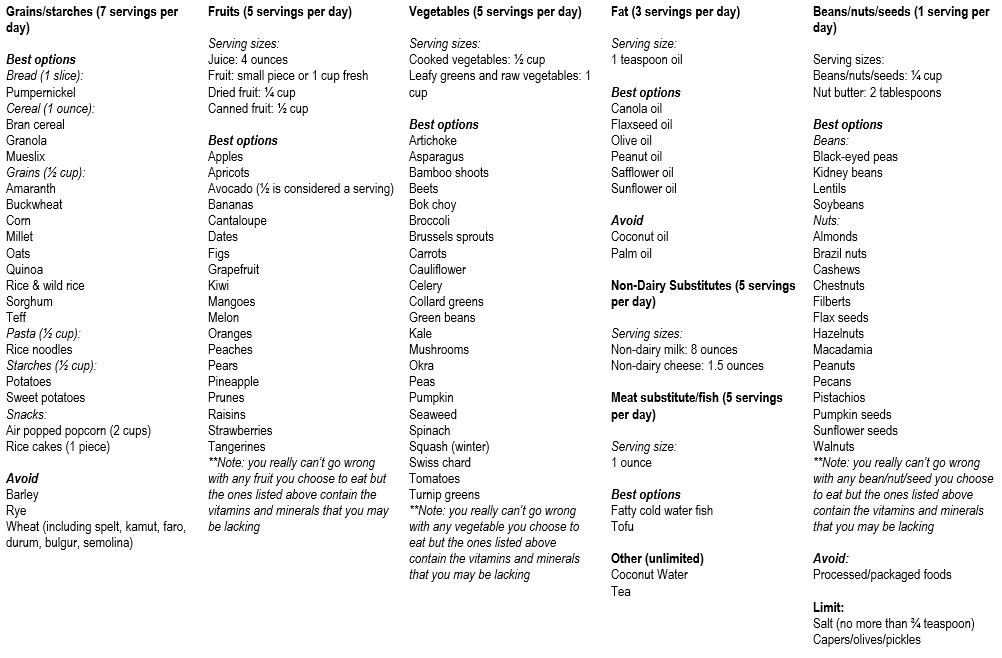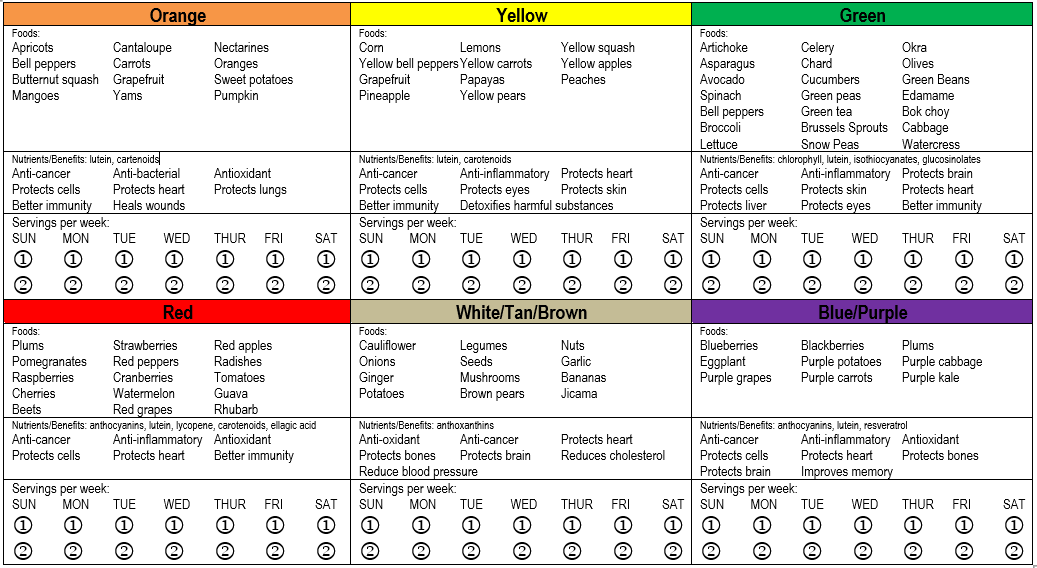We moved to Napa California in 2018 and spent a lot of time looking around for delicious vegan food in the Napa Valley. There is no true all vegan restaurant here and we spent a lot of time searching for the best options. I wanted to compile a list of our favorite finds and hope to keep it updated as we discover more.
Casual Dining
Live Fire Pizza (Oxbow Public Market, Napa) was one of the first places where we grabbed food when we frequented Fieldwork. They have a delicious Napa Vegan Pizza with a thin crust that is typically loaded with mushrooms. My favorite dish of theirs is the Fried Brussels Sprouts and Cauliflower, packed with flavor from lemon, capers, chilies and mint. Best way to eat this is to pile it on the vegan pizza!
Loveski Deli (Oxbow Public Market, Napa), by renowned chef Christopher Kostow, makes a Smashed Chickpea sandwich that is sure to please. It is a large sandwich served on a crispy roll and the chickpea salad has a nice tang.
Sumo Dog (Oxbow Public Market, Napa) is a newer casual dining spot in Oxbow. They carry a Beyond Meat Vegan Dog that you can have prepared in a variety of styles. The New York and Chicago Traditional Style Dogs are vegan and several of the Signature Style Hot Dogs can be modified for vegans, just be sure to ask for the Vegan Dog!
Gott's Roadside (outside of Oxbow Public Market, Napa and St. Helena) has savory food and many vegan options. Impossible chicken nuggets is a great snack to have after a long run or hike. They also carry Impossible burgers, but be sure to order the filone bun as their typical bun has egg. Also, mention you are vegan so that the bun is not buttered and browned on the grill. The burger can be ordered in many styles with some modifications such as excluding cheese, mayo. My favorite thing to order is the Falafel Salad without feta. It is a hearty and flavorful salad. My husband typically orders the Impossible Burger on a filone bun in the Green Chile style, so indicates that the cheese and mayo should be excluded.
I love everything about Small World Café & Restaurant (downtown Napa). Their falafel platter is a very generous portion and could probably serve two. Their baba ganouch which is included in the platter is made without dairy so is vegan. You can also order the falafel pita, but go ahead and get the platter instead and make your own pita sandwich.
If you really want a treat, go to The Dutch Door (downtown Napa). All seating it outdoors and they make everything from scratch. My favorite is the Kickin' Queso Plant Burger, which is made from whole ingredients. They have a regular plant burger, vegan chili, Cajun or Korean fried tempeh sandwiches, a grain bowl and a salad bowl. But really, just order the burger, you will love it.
I met the owners of Croccante Artisan Pizza (downtown Napa) when they sold their bread at farmers market and I loved their kamut bread. They later decided to open their restaurant and it is a favorite in town. They serve Detroit style pizza that you can order without cheese and add all of the veggies you would like.
Heritage Eats (north Napa) has hearty salads, many of which can be made vegan and they offer grilled tofu as an addition.
Fine Dining
Slanted Door (near downtown Napa) opened in Napa in 2023. I had been to the location in the San Francisco Ferry Building many times and loved their casual take out window but sadly it closed during the pandemic. There are many vegan offerings including spring rolls, crispy rolls, daikon rice cakes (my absolute favorite), pho chay, lemongrass tofu, crushed potatoes, broken rice and house made chili trio. Go for happy hour, sit at the bar end enjoy discounted drinks and appetizers.
Bottega (Yountville) is a go to place for us on a Sunday when we have had a good workout in the morning and feel like we can treat ourselves. We sit at the bar and order truffle fries (minus cheese) and a fancy cocktail.
Up in Calistoga, there is a cute restaurant called Lovina. I heard about them when they were doing a Meatless Monday special, which included a starter, a main and a dessert. Their Impossible lasagna is HUGE, easily big enough for sharing. Their almost Bolognese and aubergine (eggplant) Athena are also vegan and delicious. Dessert is Raul's "snickers bar"--absolutely divine! Lovina is tip free, and the menu prices allow for the company to provide revenue share (30%!), 401k match, health insurance and vacation.
The Charter Oak (St. Helena) can modify many of their vegetarian dishes to be vegan. Their dishes are all made for sharing and I would recommend the grilled Brokaw Farm avocado, raw veggies with fermented soy dip, any of their salads and sides (especially their fries!). Truly, just ask for them to bring you some vegan plates and you will be so pleased! It is fun to sit/eat at the bar and enjoy a fancy cocktail. They also have yurts set up in the winter for a magical outdoor meal.
Snacks/Beverages
We love a good craft beer and when we moved to Napa, fell in love with Fieldwork Brewing Co. (Oxbow Public Market, Napa). I often say that they have ruined other beers for me because their beers are just that good. They have added some great non-alcoholic beers that have just as much flavor as well as hop water to their standard offerings. I love Northeast IPAs and Pulp is the classic always on tap. They occasionally have food for purchase but welcome patrons to bring in their own and there are some great options at Oxbow!
Nekter Juice Bar (north Napa) offers delicious bowls, smoothies and juices made with real fruit and cashew milk. They make everything fresh to order and it is quite the treat!
If you visit the Napa Farmers Market downtown on Saturday from 8am to noon, stop by Valley Boba for craft boba. I love the strawberry lemonade boba. While there, visit Love Park Pretzels for an original Philly style soft pretzel. You can also visit Nova Terra Kitchen & Creamery, who produce hand-crafted vegan cheeses. The owners formerly had a vegan restaurant in Colorado. They also do catering and events and I promise you that their cheeses are delicious!
Wine
If you want to enjoy some bubbly and vegan cheese, visit Domaine Carneros. The views are beautiful and the sparkling wine is delicious. They have a vegan cheese pairing of Nova Terra Kitchen & Creamery cheeses.
La Belle Vie Tours is technically in Sonoma and they offer vegan wine tours including one with a visit to Charlie’s Acres, which is a farm animal sanctuary. Charlie’s Acres has a lot of fun vegan events where you can learn so much about their rescued farm animals all while enjoying tasty vegan food.
A visit to Napa isn’t complete without a trip on the Napa Valley Wine Train. As locals, we typically enjoy the Legacy Experience in the spring and they can provide a full gourmet vegan menu. It is a 6 hour ride, visiting two wineries and you are guaranteed to learn a lot about the history of wine in the Napa Valley.
Sweets
Kara's Cupcakes (Oxbow Public Market, Napa) has an option for your sweet tooth in their Vegan Sweet Chocolate cupcakes.
In the mood for a sweet and cool treat? Roman Holiday Gelato (St. Helena) has vegan sorbets and two vegan gelatos: Coconut Shiso and Razzle Dazzle Raspberry.
Additional information
Feel like cooking at home? Visit my recipes page for inspiration. Recommended cookbooks can be found here.
Want to learn more about nutrition and fitness? Visit my blog.









